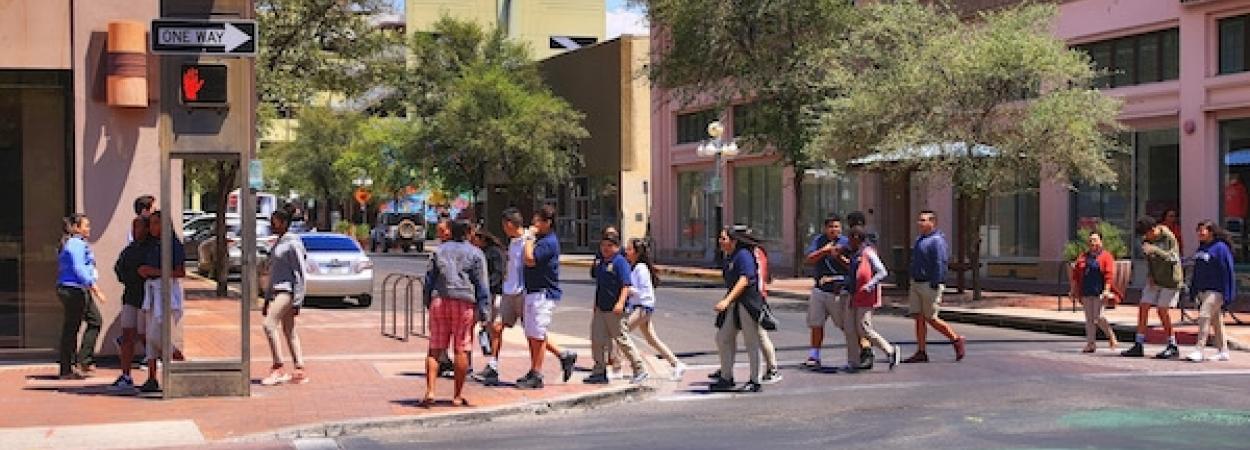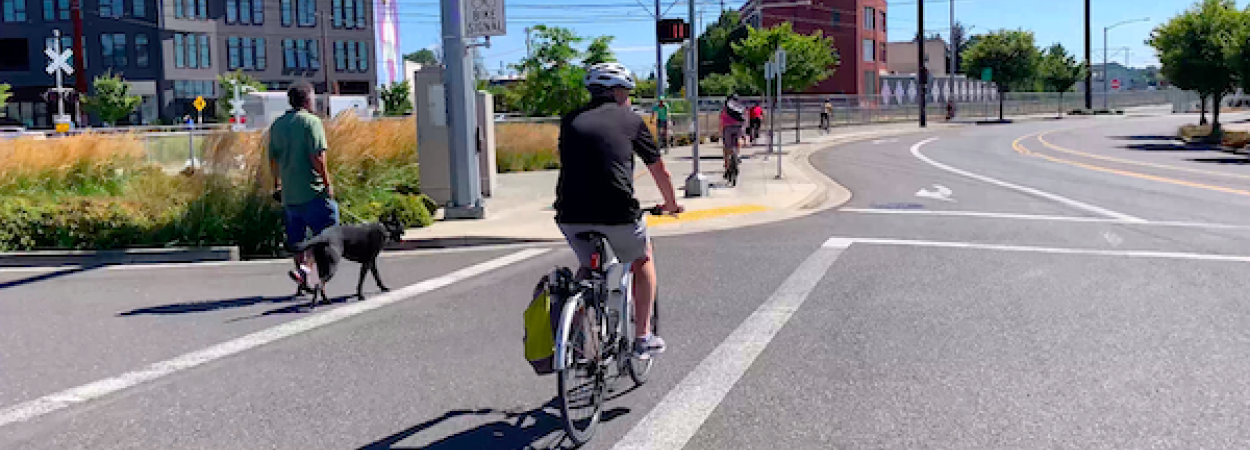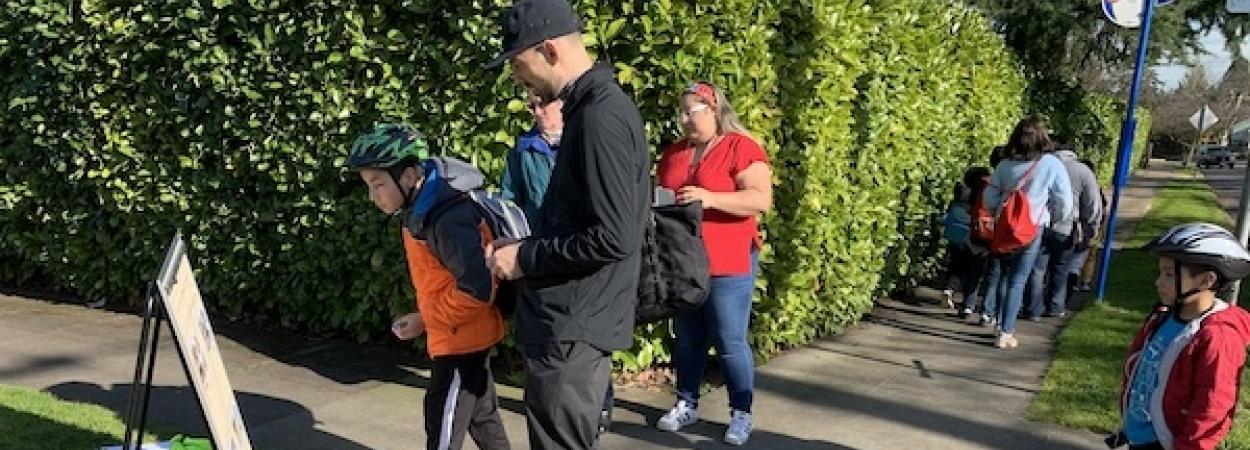 |  |  |

"Transformative Transportation Survey Methods: Enhancing Household Transportation Survey Methods for Hard-To-Reach Populations," is a new article published in the September 2021 issue of Transportation Research Part D. It was co-authored by Amy Lubitow, a sociology faculty member at Portland State University, Erika Carpenter, a sociology graduate student, and Julius McGee, a faculty member in urban studies and planning.
The study explores the challenges that hard-to-reach populations face in completing household activity surveys. Researchers drew on qualitative data from hard-to-reach populations regarding the limits of the Oregon Household Activity Survey and f…
Read More
How can we use a variety of data-driven speed management strategies to make transportation safer and more efficient for all modes–whether you’re driving, walking or taking transit?
The project was led by Yao Jan Wu, director of the Smart Transportation Lab at the University of Arizona. Co-investigators were Xianfeng Terry Yang of the University of Utah, who researches traffic operations and modeling along with connected automated vehicles, and Sirisha Kothuri of Portland State University, whose research has focused on improving signal timing to better serve pedestrians. Join them on Sept 15, 2021 for a free webinar to learn more.
"We want to improve mobility for all users, be it pedestrians, vehicle drivers or transit riders, and there are different strategies to do this. How do we harness data to drive us to these strategies?" Kothuri said.
Funded by the Natio…
Read More
Interested in active transportation research? What’s been done? What should be done?
We’re excited to share the release of the Research Roadmap for the American Association of State Highway and Transportation Officials (AASHTO) Council on Active Transportation (CAT). The Roadmap was created to foster research that will address important active transportation needs at the state DOT level and beyond.
Funded by the National Cooperative Highway Research Program (NCHRP), a team of researchers from the Transportation Research and Education Center (TREC) at Portland State University (PSU) and Toole Design prepared the Research Roadmap over the past 18 months. They reviewed existing and on-going active transportation research, identified key research needs from a wide range of sources, and held outreach activities with practitioners to refine and prioritize those needs.
The project offers guidance on where active transportation research has bee…
Read More
Last year, a car driver hit a César Chávez K-8 School student at the intersection of N. Portsmouth Ave and N. Willis Blvd in Portland, OR. It underscored what parents, teachers and Portland community members have been demanding for many years: increased investment in traffic safety at schools during pick up and drop off hours.
What’s more: Portsmouth’s residents already had a lot of ideas of how to improve pedestrian safety at this intersection.
Seeking to help the community take action on these ideas, Safe Routes to School advocacy professionals William Francis and Hanna Howsmon at Community Cycling Center and César Chávez teacher Sam Balto recommended this intersection as a potential quick build project for the Better Block PSU pathway program-–a partnership between the volunteer-led group Better Block PDX and the Transportation Research and Education Center (TREC) at Portland State U…
Read More
Dr. Huajie Yang, who graduated in 2020 with a PhD in Urban Studies and Planning from Portland State University, devoted his doctoral research to studying the impacts of light rail transit. His dissertation, "Short-term and Long-term Effects of New Light Rail Transit Service on Transit Ridership and Traffic Congestion at Two Geographical Levels," quantitatively examines the effect of new Light Rail Transit (LRT) services on transit ridership and traffic congestion over time.
Connect with Huajie Yang on LinkedIn
Yang examined light rail's impacts at two different geographic levels. At the corridor level, he conducted case studies of two light rail lines in the Portland, Oregon region (TriMet's Green and Orange MAX lines). At the regional level, he used a synthe…
Read More